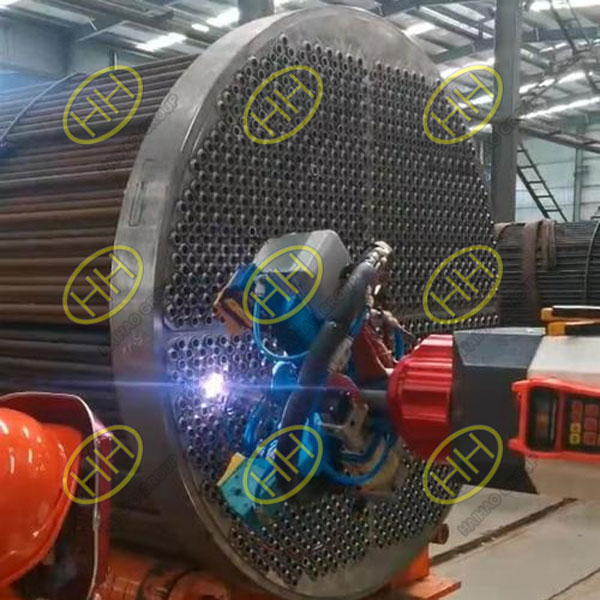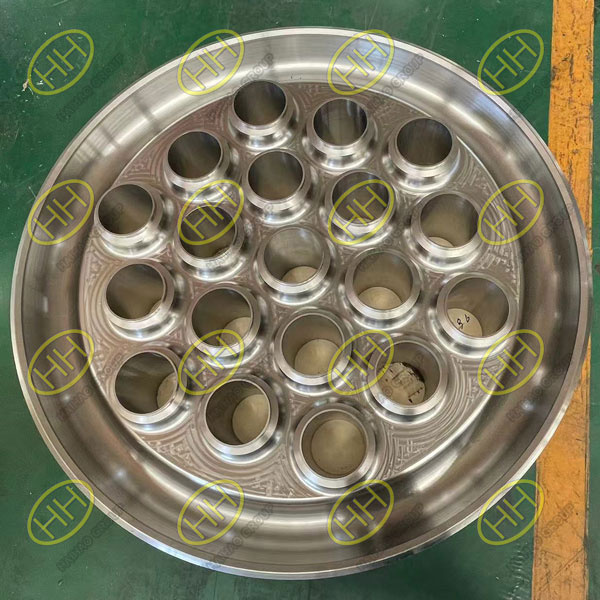Welding connection between heat exchanger tube sheets and tubes
Welding is a common method for connecting heat exchanger tube sheets and tubes due to its simplicity and strong bonding capabilities. It ensures the tightness and pull-out resistance of the connection even under high temperature and high-pressure conditions. Welding is especially recommended when connecting tubes to thin tube sheets. Based on the purpose and objectives, welding can be classified into two types: strength weld and seal weld.
Strength Weld: The main goal of strength welding is to provide mechanical strength, ensuring that the weld joint can withstand mechanical loads and external forces. Strength welds can be used in most scenarios except for cases with significant vibrations or gap corrosion.

Welding Connection Between Heat Exchanger Tube Sheets and Tubes
Seal Weld: The primary objective of seal welding is to ensure the tightness of the connection rather than provide strength. Seal welds are mainly used to prevent liquid or gas leakage and do not need to withstand large mechanical loads.

Special Shaped Tube Sheet
When using welding connections, the distance between the heat exchanger tubes should not be too close; otherwise, the heat-affected area may compromise weld quality. Additionally, a certain distance should be maintained between tube ends to reduce welding stress between them. The length of the heat exchanger tubes extending beyond the tube sheet must meet specified requirements to ensure adequate load-bearing capacity.

